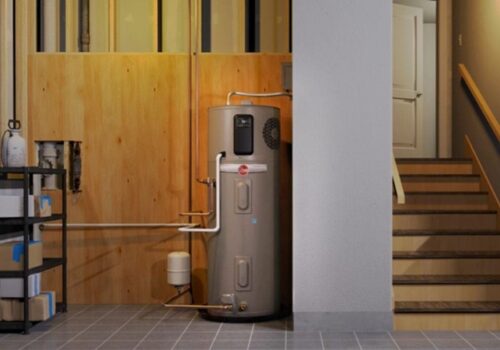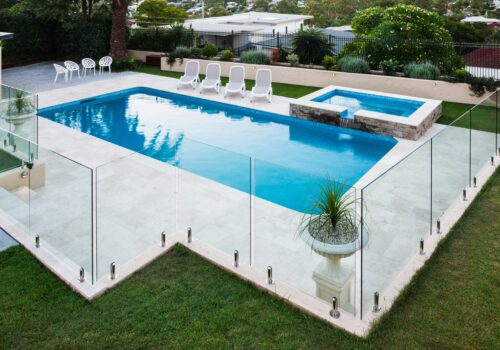How Interior Designers Problem-Solve in the Creative Process
Interior design is an art form that seamlessly blends creativity with practicality. Behind the scenes of every stunningly designed space lies a complex web of challenges waiting to be solved. From spatial constraints to budget limitations, interior designers navigate a myriad of obstacles throughout the creative process. In this blog post, we’ll delve into how luxury residential interior design services problem-solve, turning constraints into opportunities and bringing their clients’ visions to life.
Understanding Client Needs and Constraints
When hiring an interior designer the first step in problem-solving for them is gaining a deep understanding of their clients’ needs, preferences, and constraints. Through thorough consultations and discussions, designers identify the unique challenges of each project, whether it’s maximising space in a small apartment, adhering to strict budgetary requirements, or accommodating specific functional needs. By listening attentively to their clients’ goals and constraints, designers lay the groundwork for creative problem-solving solutions.
Spatial Planning and Layout Optimisation
One of the primary challenges interior designers face is optimising the use of space to meet their clients’ needs and preferences. Whether it’s a residential home, commercial office, or hospitality venue, each space comes with its own set of spatial constraints and opportunities. Designers employ their expertise in spatial planning and layout optimisation to devise creative solutions that maximise functionality and flow. From reconfiguring floor plans to designing custom-built furniture, interior designers use every inch of space with purpose and intentionality.
Balancing Form and Function
In the world of interior design, the age-old adage “form follows function” rings true. Designers must strike a delicate balance between aesthetics and practicality, ensuring that their designs not only look beautiful but also serve their intended purpose. Whether it’s selecting furniture that is as comfortable as it is stylish or specifying materials that are both durable and visually appealing, designers carefully consider the intersection of form and function in every aspect of their designs.
Budgetary Considerations
Budget constraints are a reality for many interior design projects, presenting designers with the challenge of delivering high-quality results within limited financial resources. To overcome this challenge, designers must be resourceful and creative, finding cost-effective alternatives without compromising on style or quality. Whether it’s sourcing budget-friendly materials, repurposing existing furniture, or prioritising key design elements, designers use their ingenuity to stretch every dollar and deliver maximum value to their clients.
Adaptability and Flexibility
In the dynamic world of interior design, flexibility is key. Designers must be prepared to adapt their plans and solutions to unforeseen challenges that arise throughout the creative process. Whether it’s unexpected structural limitations, changes in client preferences, or supply chain disruptions, designers approach each obstacle with agility and open-mindedness, finding innovative solutions that keep the project moving forward.
Collaboration and Communication
Successful problem-solving in interior design requires effective collaboration and communication among all stakeholders involved in the project. Designers work closely with architects, contractors, craftsmen, and vendors to ensure that everyone is aligned on the project’s goals and requirements. By fostering open lines of communication and maintaining strong relationships with collaborators, designers streamline the problem-solving process and ensure that the project stays on track from concept to completion.
Conclusion
In the world of interior design, every challenge is an opportunity for creativity and innovation. By approaching each obstacle with a problem-solving mindset, interior designers turn constraints into opportunities and transform their clients’ visions into reality. Through careful planning, creative thinking, and effective collaboration, designers navigate the complexities of the creative process with confidence and grace, ultimately delivering spaces that inspire, delight, and exceed expectations.



